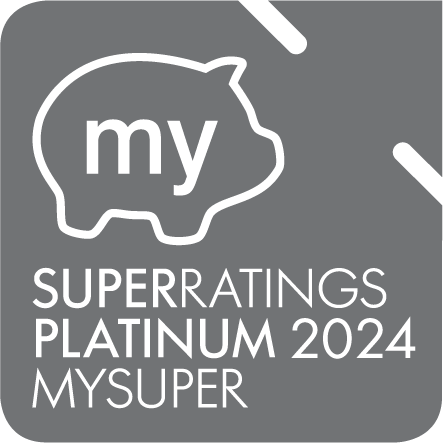What is a transition to retirement strategy?
Many people confuse a transition to retirement strategy with a Transition to Retirement Income account, and think that you can only implement the strategy between the ages of 60 to 64 in accordance with the rules of that product. But the truth is if you’re over the age of 65 and still working you can also use an account-based pension. The strategy is independent of the product.
A transition to retirement (TTR) strategy is an approach for individuals aged 60 and older to access their superannuation while still working and use it in three different ways:
- Keep working and grow their super - keep working the same hours and put more money into super, while potentially paying less tax.
- Reduce their work hours – work fewer hours and use their super to top up their take-home pay.
- Get extra income from their super - keep working the same hours and use their super to generate an additional income stream.















